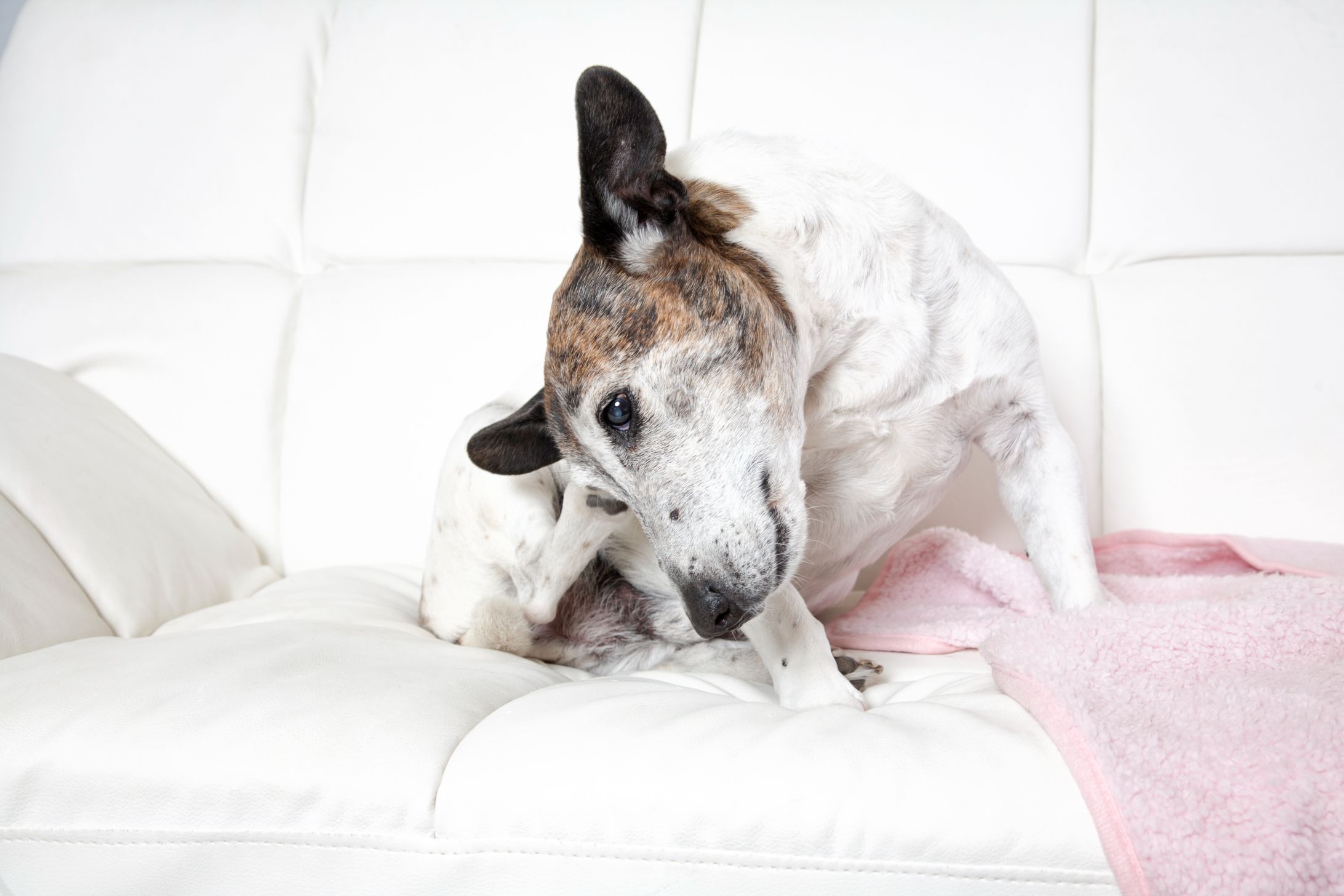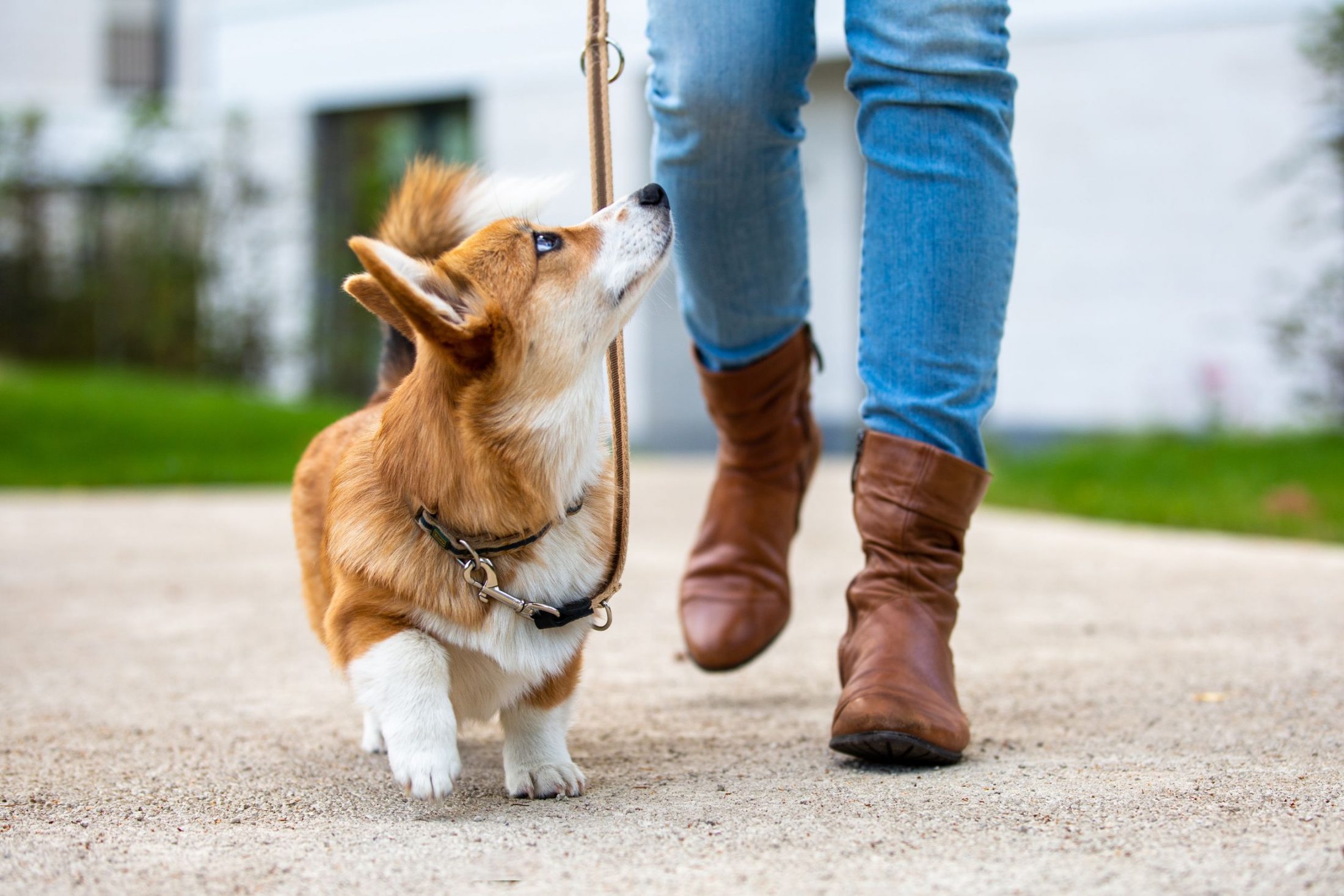
None of us wants to think about a natural disaster, not to mention any other reason that we’d need to evacuate our homes. But of course, these are prudent things to consider. For those of us with pets, there’s even more to discuss and plan for so that our best friends are taken care of and we have what they need in the event of the unthinkable.
Summeridge Animal Clinic has done some of the preparation for you! Read on for tips and best practices when it comes to planning for emergency evacuations with pets.
A Master Plan
The last thing you want to be doing when a hurricane, tornado, or flood is imminent is gathering your pet’s things or looking for an animal friendly evacuation center. It’s smart to get these items crossed off your list ahead of time.
Plan for a disaster – in the event of a disaster, there could be multiple scenarios to consider. You may have to evacuate, you may not be able to leave your home, or you may not be home when disaster strikes.
Keep ID – your pet should always have their ID tags and collar on, and if they have a microchip, make sure it is registered with your current contact information. You never know when your pet will need to be identified to be safely returned to you.
Identify shelters – for public health reasons, some emergency shelters do not accept pets. You should find pet friendly hotels on your evacuation route, and look for boarding facilities and animal hospitals that board pets along your route. You may also consider an out of town relative or friend to help house your pet.
Create an Emergency Kit
You probably have an emergency kit for yourself and your family, but what about for your pet? Including basic survival items as well as a few creature comforts is always a smart idea, so that you don’t get caught trying to gather everything during a disaster.
Remember to include a copy of your pet’s medical records, and ensure they are vaccinated so that they will be accepted by boarding kennels if needed.
- Food, for at least 3 days, in an airtight, waterproof container
- Water, for at least 3 days that is specifically for your pet
- Litter box, litter, scoop, and poop bags or garbage bags
- Prescriptions and other medications
- First aid kit containing cotton balls, bandage materials and scissors, antibiotic ointment, latex gloves, sterile saline solution, and isopropyl alcohol. A pet first aid manual is also handy.
- Collar or harness and extra leash
- Crate or carrier
- Towels and blankets
- A current picture of you with your pet
- Creature comforts, such as their toys, ball, bed, and treats
Emergency Evacuations With Pets
Hopefully you’ll never need this list, but the old adage “better safe than sorry” definitely applies here. Please give us a call if you have other questions or concerns. We’re here to help!



